/Human Activities/Coastal monitoring networks
Type of resources
Available actions
Topics
INSPIRE themes
Keywords
Contact for the resource
Provided by
Representation types
Update frequencies
status
Scale
-
-
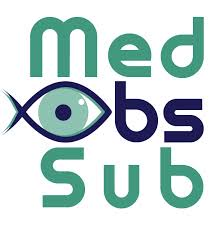
-
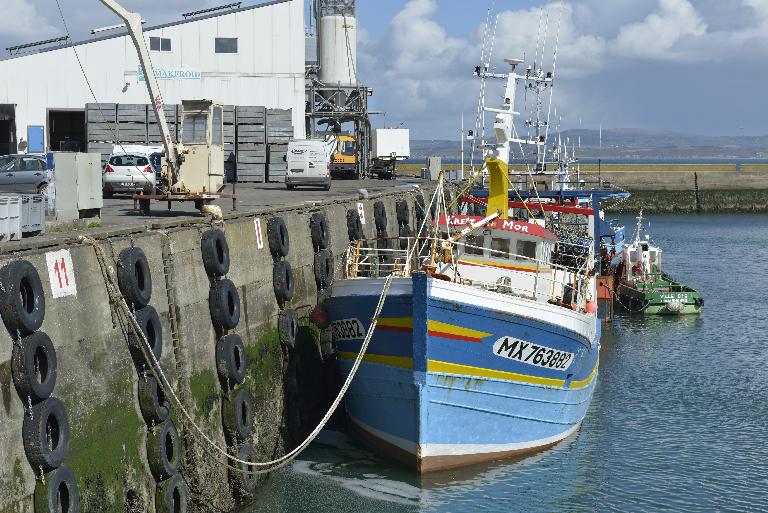
-
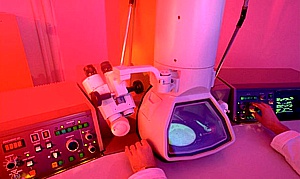
National network for monitoring the health status of shellfish populations in natural beds or in shellfish growing areas. It performs a regulatory role and a public service activity delegated by the Ministry of Agriculture and Fisheries through the DGAL (General Directorate for Food).
-
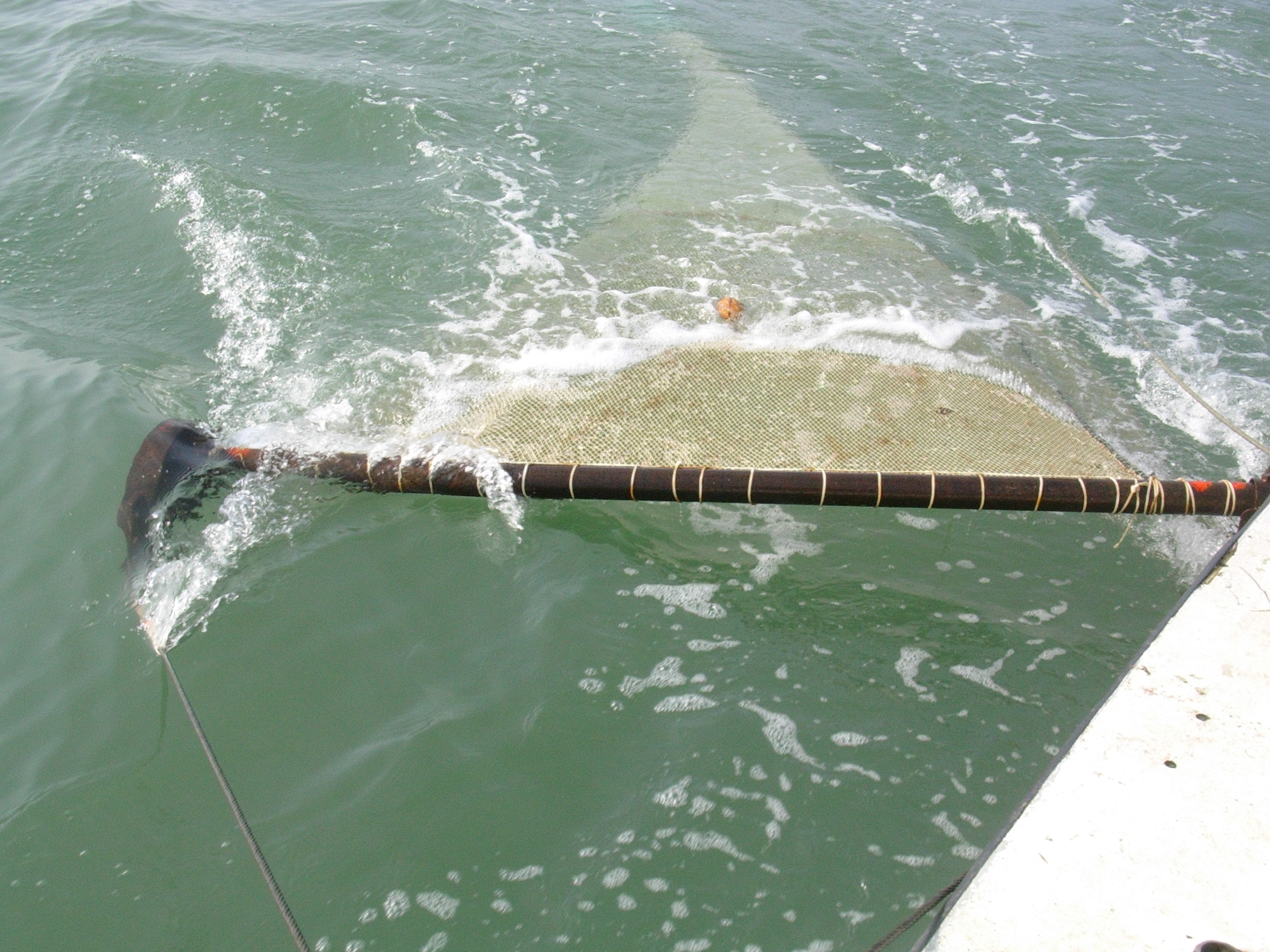
The objective of this cruise, which has been taking place in the English Channel - Baie de somme since 1980, over 5 days in September, is to evaluate the natural multi-year fluctuations of the stands and to analyze the possible impact of the nuclear power plant on the marine environment and resources. It makes it possible to determine annual indices of abundance and distribution of flatfish and other species (shrimp, pout, whiting).
-
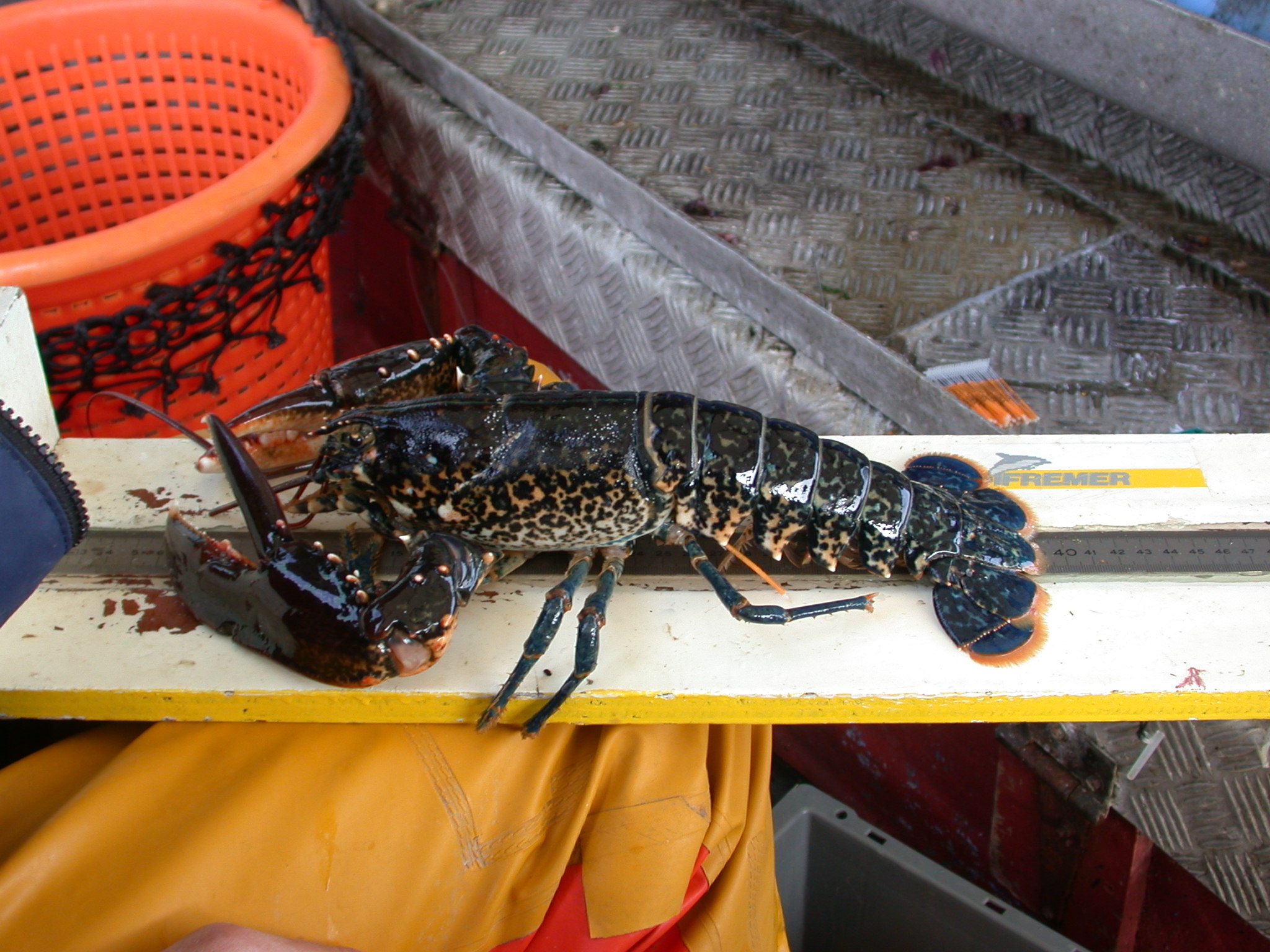
Within the framework of the establishment of a nuclear power plant on the coast of the town of Flamanville, Electricité de France has entrusted Ifremer with ecological and fishery studies on the site's surroundings. One of the expert assessments consists of conducting two shellfish fishing campaigns each year. Their objectives are to monitor the natural fluctuations of the main indicators selected during the start-up of the plant and to evaluate the impact of the plant on the surrounding fishery.
-
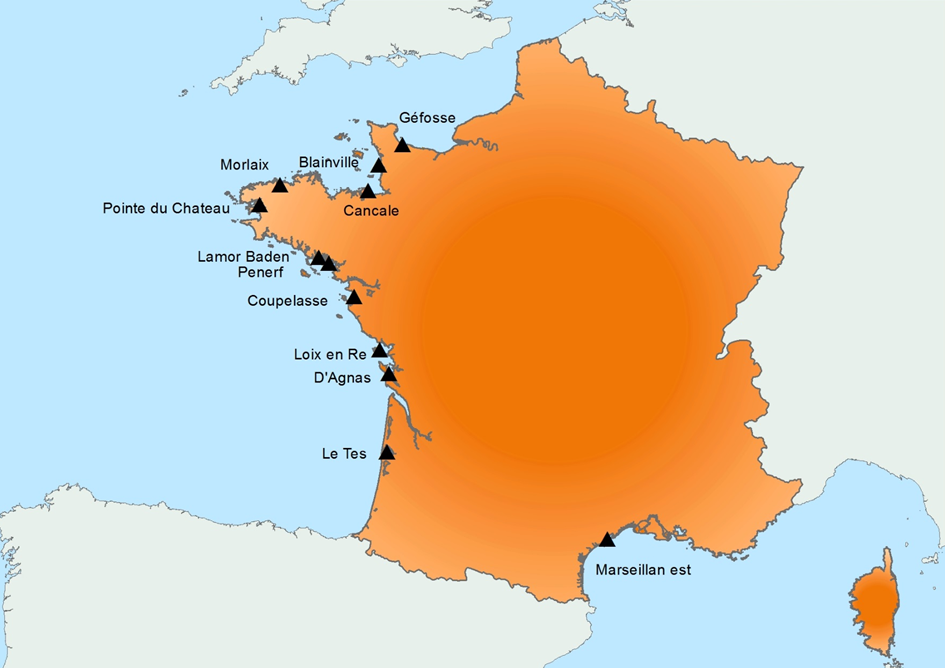
Created in 2015, it follows on from the RESCO launched in 2009, and REMORa launched in 1993. In 2015, the structure and operation of the former RESCO network was used to implement planned monitoring of oysters. More specifically, the sentinel batches used by the network, representing 3 age classes (6 months, 18 months of the previous year and 30 months of the previous year) are monitored regularly (frequency: bi-monthly or monthly). throughout the year at 12 national sites (corresponding to former RESCO sites). At each passage, counts are made to assess the mortality rate, and different types of laboratory diagnostic tests will be performed: - initially, the new spat batches (Ifremer Standardized Spats) will undergo specific PCR analyzes to search for potentially present infectious agents (OsHV-1 and Vibrio aestuarianus) but also non-specific analyzes (histology, classical bacteriology) for the possible detection of other pathogenis agents ; - for the detection of emerging diseases, the first dying batches detected for each age group, for each site, will undergo specific laboratory (OsHV-1 and Vibrio aestuarianus PCR) and non-specific (histology) diagnostic tests in order to detect as early as possible emerging diseases in these sentinel batches; - for the detection of exotic diseases, in the absence of a hierarchy of exotic diseases being available for oysters, it was decided to monitor the parasite Mikrocytos mackini because infection with this parasite is regulated at European level, on one of the RESCOII sites (Loix en Ré) previously identified as a site at risk with respect to the introduction of this parasite. In addition to these mortality follow-ups and the laboratory diagnoses, each site is equipped with a probe to allow it to gather environmental parameters (temperature, pressure, salinity) at high frequency. The various results are stored in the Quadrige² database, and are available for the various actors involved. The network is closely linked to a dedicated website which allows the dissemination of objectives, protocols and results, and which will be updated every month. In parallel, newsletters summarizing the results obtained are sent by e-mail every month to the State services.
-

The definitive coastal information system, Quadrige stores coastal observation and monitoring network data. In order to manage coastal monitoring data, Ifremer developed the Quadrige² information system. Quadrige is one element of the Water Information System (SIE) http:// www.eaufrance.fr, et à ce titre, contribue aux travaux du Secrétariat d'Administration National des Données Relatives à l'Eau (SANDRE) http://www.sandre.eaufrance.fr. Quadrige Marine Zones is a reference source unique to the Quadrige system. It is used to break down the coast of the French mainland and overseas territories into large areas and to connect each one with observation and monitoring locations.
-
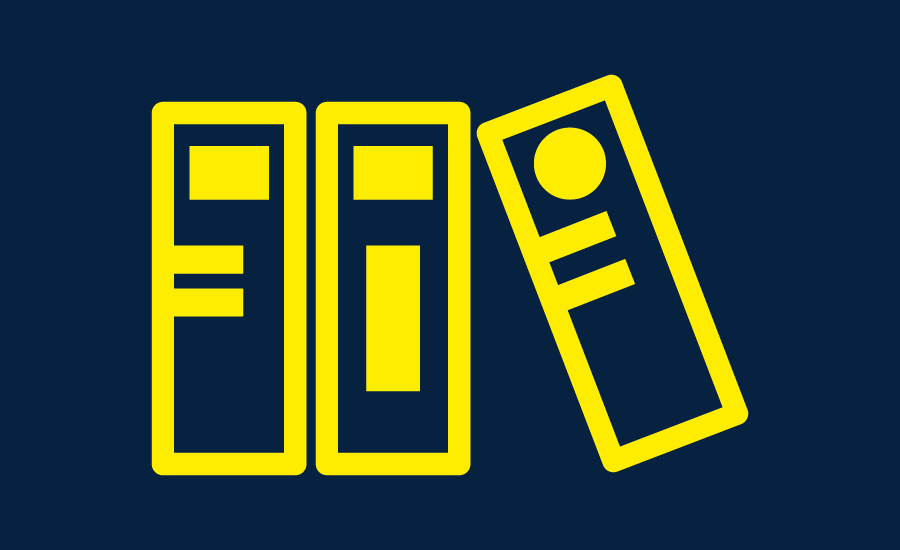
In order to manage coastal monitoring data, Ifremer has developed the Quadrige information system which connects a database to a wide array of tools for interpreting and designing information products. Quadrige is just one element of the Water Information System (SIE) www.eaufrance.fr and, as such, contributes toward the work of the French National Adminitrative Service for Water-Related Data (SANDRE) www.sandre.eaufrance.fr. The main aim of the Quadrige thematic databank is to manage and enhance data from coastal observation and monitoring networks. On a national level, Quadrige is today designated by the French Environment Ministry as the definitive information system for coastal waters, and the tool is therefore common to all of those working in the marine environment sector. The Quadrige databank is composed of data from the Quadrige database and products described or made available on the Envlit website. The Quadrige database contains results about most physical, chemical and biological environmental description parameters. The first data for example dates back to 1974 for the parameters relating to general water quality and contaminants, 1987 for phytoplankton and phycotoxins, 1989 for microbiology, from the early 2000s for the benthic zone. The data is permanently being updated. In Quadrige, an observation location is a geographical location where observations, measurements and/or samples will be taken. These locations can be located in a unique way thanks to their appearance on a map (polygon, line or point). A measurement location can be used by multiple programmes.
-
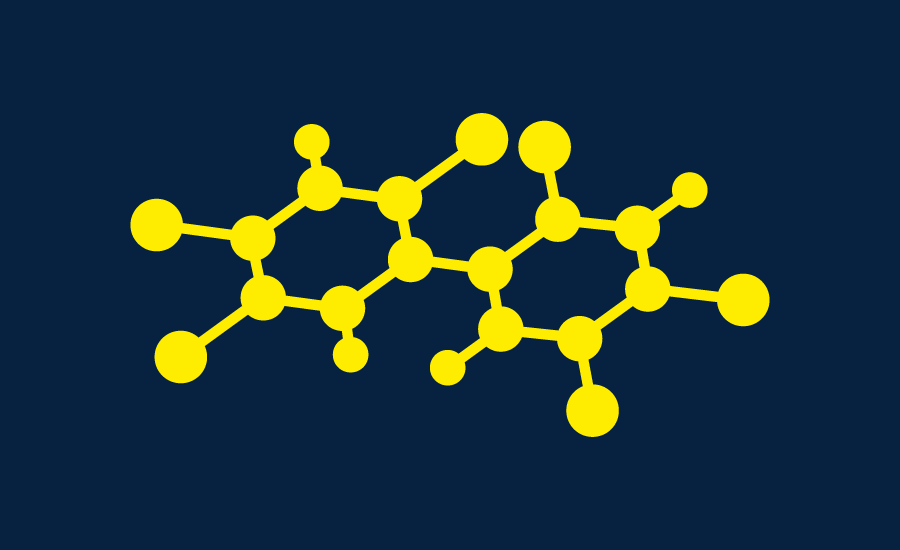
Since 2008, the Coastal Chemical Contamination Observation Network (ROCCH) has taken over from RNO (French National Observation Network for Quality in Marine Environments), which had existed since 1974. ROCCH aims to meet national, community and international obligations relating to monitoring chemicals in marine environments. It is therefore more of a control network than a heritage network as RNO once was. The backbone of ROCCH is to apply the European Water Framework Directive (WFD) and to meet the obligations set out in OSPAR Conventions and in Barcelona. As the WFD insisted on decentralization, ROCCH has gone from having just one project leader (the Ministry for the Environment) to having many decision-makers (water agencies, DIREN etc.). Chemical analyses are no longer conducted by Ifremer alone, but are attributed to other partners following calls for tender. ROCC also includes the monitoring of chemicals in shellfish production areas for the Food safety agency (DGAL) and the Ministry for Agriculture and Fisheries. Monitoring focuses on the three regulated metals: mercury, lead and cadmium in the given areas. Monitoring of these chemical contaminants is conducted in the three marine matrices: water, biota and sediment. Testing also includes imposex, the biological effect of tributyltin (TBT), as required by the OSPAR convention.
 Mon GéoSource
Mon GéoSource